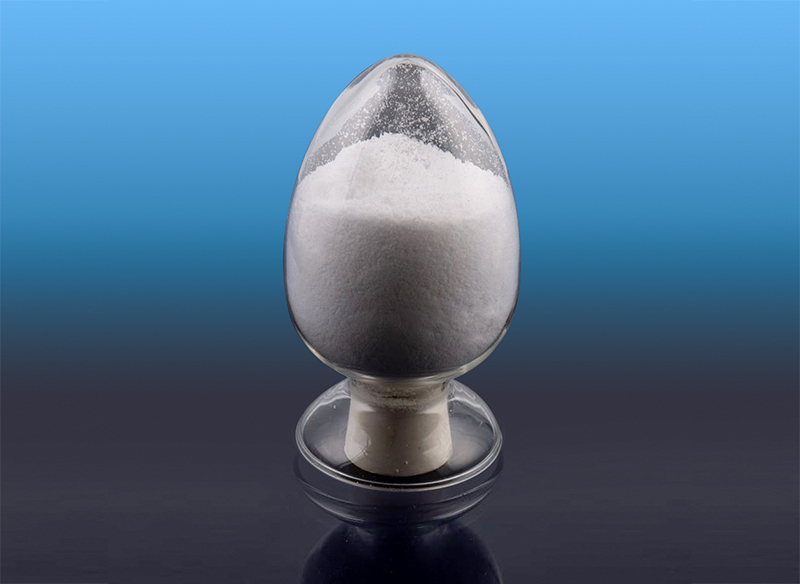How does the polymerization process of hydrogenated styrene-isoprene copolymers affect their molecular weight and block structure?
1. Polymerization Techniques
The two main polymerization techniques used to produce hydrogenated styrene-isoprene block copolymers are:
Living anionic polymerization
Sequential polymerization
Living Anionic Polymerization
Key Characteristics: This process is used to create highly controlled block copolymers with well-defined structures. The living anionic polymerization process is highly precise, meaning it allows for tight control over molecular weight, block length, and block structure.
Effect on Molecular Weight: The molecular weight of the polymer is primarily controlled by the monomer-to-initiator ratio. A higher ratio leads to a higher molecular weight, while a lower ratio results in lower molecular weight.
Effect on Block Structure: The process typically results in narrow molecular weight distributions and allows for the precise formation of blocky structures. The lengths of the styrene and isoprene blocks can be controlled by adjusting the polymerization conditions and the timing of each monomer addition.
Resulting Copolymer Properties: The high control over block structure leads to copolymers with clear phase separation between the hard styrene blocks and the soft isoprene blocks. This phase separation is crucial for properties like elasticity, tensile strength, and impact resistance.
Sequential Polymerization
Key Characteristics: This process involves the polymerization of one block (styrene or isoprene) followed by the polymerization of the second block. The process can also involve multiple steps for creating more complex structures (e.g., triblock copolymers, where one block of styrene is followed by isoprene and then styrene again).
Effect on Molecular Weight: The molecular weight of each block can be adjusted by controlling the polymerization time and the monomer concentration. In sequential polymerization, the molecular weight can vary across the different blocks (styrene and isoprene), and each block can be polymerized to a different length depending on the desired product specifications.
Effect on Block Structure: The resulting copolymers typically have more uniform block sizes than those produced through other polymerization methods. However, there may still be some degree of heterogeneity depending on the polymerization conditions (e.g., temperature, solvent, and initiator).
Resulting Copolymer Properties: Sequential polymerization tends to create well-defined blocks of styrene and isoprene, but with potentially less flexibility in achieving extremely precise molecular weight distributions than living anionic polymerization.
2. Hydrogenation Process
After polymerization, the styrene-isoprene block copolymer is typically hydrogenated to reduce the levels of unsaturation in the isoprene blocks. Hydrogenation modifies the physical properties and stability of the copolymer.
Effect on Molecular Weight: The hydrogenation process typically does not significantly change the molecular weight of the polymer, but it can slightly affect the overall chain length due to the conversion of unsaturated bonds into saturated ones, which might influence the copolymer's chain flexibility and thermal properties.
Effect on Block Structure: Hydrogenation results in saturated isoprene segments, which reduce the polymer’s tendency to degrade under heat or UV exposure, enhancing its weather resistance and chemical stability. It may also improve dimensional stability and impact resistance by increasing the hardness of the material due to the transition of isoprene from its natural rubber-like, unsaturated form to a more stable, saturated form.
3. Control Over Block Length and Distribution
The polymerization process allows for control over the styrene/isoprene block distribution, which in turn dictates the final properties of the HSI copolymer.
Styrene Block Length:
Longer Styrene Blocks: If the polymerization is controlled to produce longer styrene blocks, the resulting polymer will exhibit more rigid, thermoplastic properties, with better load-bearing capabilities and tensile strength. The styrene phase tends to be more crystalline, contributing to higher thermal stability and stiffness.
Shorter Styrene Blocks: Shorter blocks of styrene lead to a more flexible copolymer with improved elasticity but potentially reduced tensile strength. Shorter styrene blocks may result in a copolymer that behaves more like a rubber rather than a hard thermoplastic.

Isoprene Block Length:
Longer Isoprene Blocks: Longer isoprene blocks create more rubbery characteristics in the copolymer, improving its flexibility, vibration damping, and low-temperature performance. These copolymers tend to exhibit excellent impact resistance and elasticity.
Shorter Isoprene Blocks: Shorter isoprene blocks can increase the rigidity of the polymer, potentially reducing flexibility but improving other properties such as dimensional stability and heat resistance.
Block Distribution:
Alternating or Random Distribution: Some polymerization methods result in random or alternating styrene-isoprene blocks, which can influence the morphology of the polymer and its phase separation. This type of distribution might compromise some of the ideal rubbery or thermoplastic properties associated with the standard block copolymer structure.
4. Impact on Flow Properties and Processing
The block structure and molecular weight directly affect the rheological properties (i.e., the flow behavior) of hydrogenated styrene-isoprene block copolymers during processing:
High Molecular Weight: The high molecular weight results in higher viscosity, which may require more energy to process (e.g., higher extrusion temperatures or longer mold cycles).
Block Size and Distribution: A uniform block structure (with well-defined styrene and isoprene blocks) ensures consistent melt flow and better processability, while a broad distribution of block lengths may lead to irregular flow characteristics and complications during processing.
5. Effects on Final Product Performance
The polymerization process also influences the end-use properties of the final product:
Mechanical Properties: The balance of styrene and isoprene blocks affects the final product's strength, elasticity, abrasion resistance, and impact resistance. By adjusting the polymerization process, manufacturers can tailor these properties to meet specific application requirements.
Thermal and Environmental Stability: Hydrogenated styrene-isoprene block copolymers typically have superior thermal stability, UV resistance, and chemical stability after hydrogenation, thanks to the saturation of the isoprene blocks. These properties are crucial for applications in outdoor environments or high-temperature conditions.





